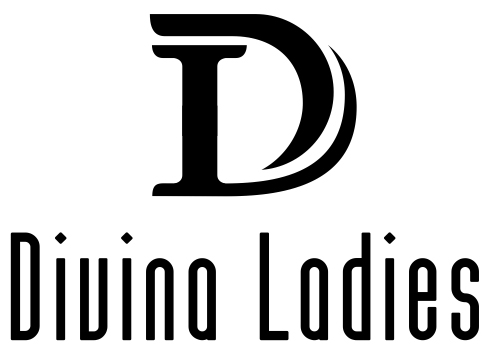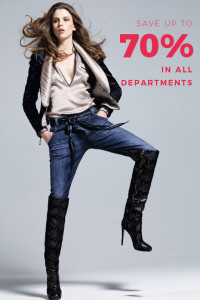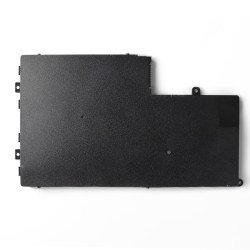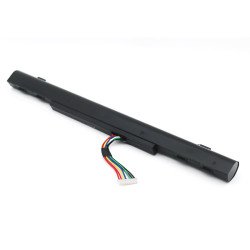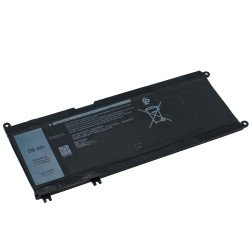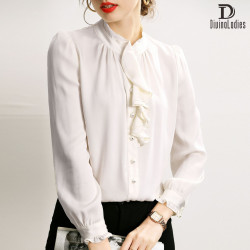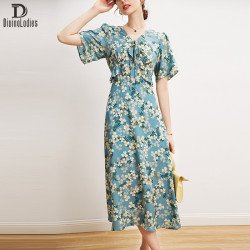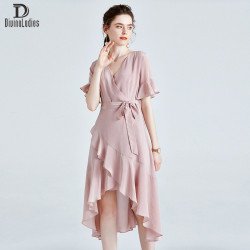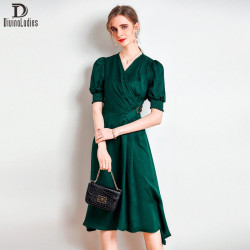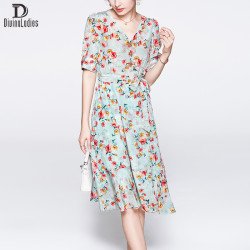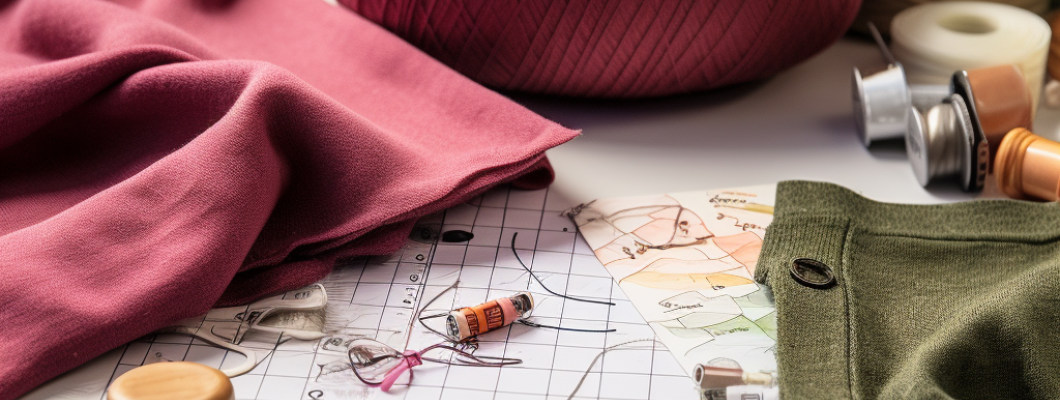
Definition of Knitwear
Knitwear isn't merely a subcategory of clothing; it's an art form that dates back centuries. At its core, knitwear encompasses various types of garments made from knitted fabric, including sweaters, cardigans, and pullovers.
Importance of Understanding Knitwear Types
For both consumers and professionals in the textile industry, understanding the different types of knitwear is essential. The choice between "Cut and Sew" and "Fully Fashioned" knitwear affects not just aesthetics but also quality, longevity, and even environmental impact.
Scope of the Article
This comprehensive guide aims to dissect the nuanced differences between Cut and Sew Knitwear and Fully Fashioned Knitwear. We'll explore their basic structures, delve into advantages and disadvantages, examine market trends, and ultimately offer recommendations based on various needs and preferences. In doing so, we adhere to Google's E-A-T principles, ensuring the information is both accurate and valuable.
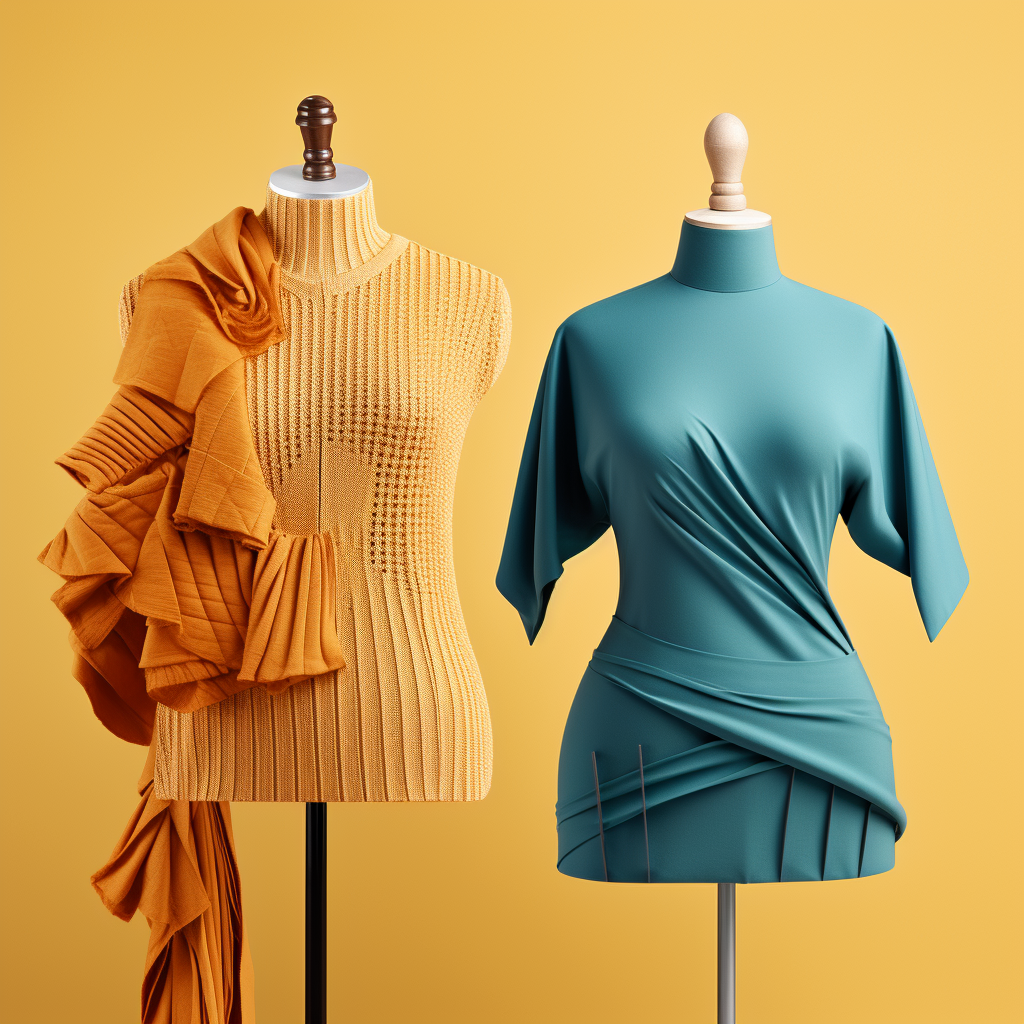
Basics of Cut and Sew Knitwear
Definition and Construction
"Cut and Sew" knitwear refers to garments made by cutting pieces from pre-knitted fabric and sewing them together. In essence, large sheets of knitted fabric are produced first, then cut into various shapes like sleeves, front and back panels, and so on. These pieces are then assembled via sewing to form the final garment.
Common Fabrics Used
Cut and Sew knitwear can be made from a variety of fabrics, including but not limited to:
- Cotton: Breathable and comfortable, often used for casual wear.
- Polyester: Durable and moisture-wicking, ideal for sportswear.
- Wool: Natural fiber providing excellent insulation, used in premium knitwear.
Advantages and Disadvantages
Advantages
- Speed of Production: Cut and Sew is generally faster than Fully Fashioned knitting, especially for simpler designs.
- Cost-Efficiency: Typically less expensive due to the speed of production and lower labor costs.
- Design Flexibility: Easier to implement complex designs or prints.
Disadvantages
- Material Wastage: Cutting fabric often results in waste, which has environmental implications.
- Seam Visibility: The sewing process can create visible seams, which may be unappealing to some.
- Durability: The sewn seams can be less durable than the integrated structure of Fully Fashioned knitwear.
In summary, Cut and Sew knitwear offers a quick and often less expensive way to produce knitted garments but can lack the seamless finish and durability of its Fully Fashioned counterpart.
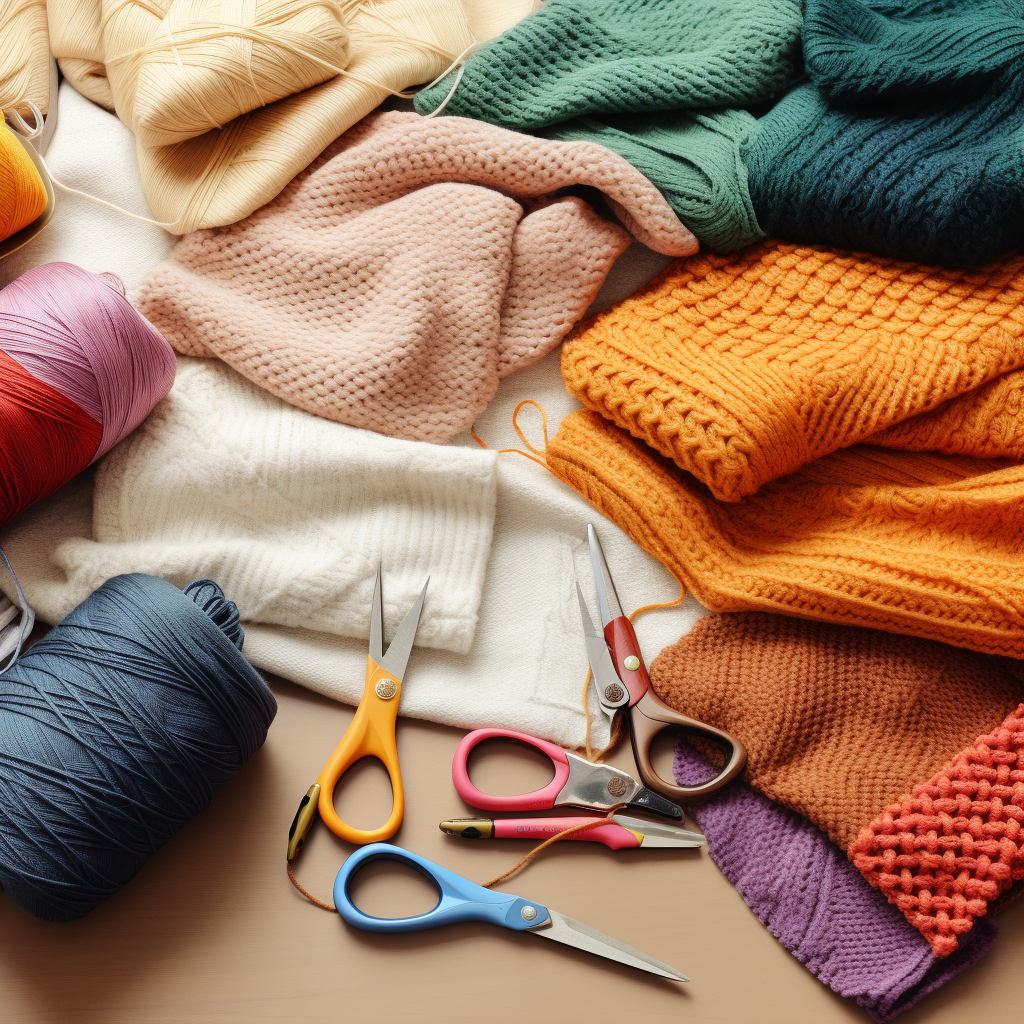
Basics of Fully Fashioned Knitwear
Definition and Construction
Fully Fashioned knitwear is constructed by knitting each individual piece of the garment—such as sleeves, collars, and panels—directly into their final shape. This meticulous process uses specialized knitting machines that can create complex patterns and textures in a single knit. As a result, Fully Fashioned knitwear generally has no seams or only minimal ones, offering a streamlined look.
Common Yarns Used
Fully Fashioned knitwear often employs high-quality yarns to achieve its refined look and feel. Some common yarns include:
- Merino Wool: Known for its soft texture and excellent insulation properties.
- Cashmere: Luxurious and exceptionally soft, used in premium knitwear.
- Alpaca: Offers a unique blend of softness and durability, along with hypoallergenic properties.
Advantages and Disadvantages
Advantages
- Superior Fit: The knit-to-shape process allows for a more precise fit.
- Durability: With minimal seams, Fully Fashioned knitwear is often more durable.
- Aesthetic Quality: The absence of visible seams provides a smoother, more elegant appearance.
Disadvantages
- Time-Consuming: The knitting process is generally slower compared to Cut and Sew.
- Higher Cost: Due to the slower production time and often more expensive yarns, Fully Fashioned garments typically cost more.
- Design Limitations: While complex knitting patterns are possible, intricate prints are less feasible compared to Cut and Sew methods.
Fully Fashioned knitwear is synonymous with quality and durability but comes at a higher price point and requires more time to produce.
Comparative Analysis
Material Wastage
One of the most significant differences lies in the area of material wastage. Cut and Sew knitwear often produces leftover fabric scraps, contributing to textile waste. In contrast, Fully Fashioned knitwear is more sustainable, as each piece is knitted to its exact size and shape, minimizing waste.
Flexibility in Design
Cut and Sew knitwear offers greater flexibility when it comes to intricate designs or prints since fabric can be printed on before cutting. Fully Fashioned knitwear, while it can incorporate complex knitting patterns, is less amenable to detailed prints.
Durability
In terms of longevity, Fully Fashioned knitwear generally has the upper hand. The knitting process produces garments with minimal seams, reducing the points of potential failure. Cut and Sew garments, on the other hand, rely on sewn seams, which can weaken over time and with repeated washes.
Cost
Cut and Sew knitwear typically offers a more budget-friendly option due to its quicker production time and lower labor costs. Fully Fashioned knitwear, requiring more time and often utilizing higher-quality yarns, generally commands a higher price.
Environmental Impact
While Cut and Sew methods are evolving to become more sustainable, the technique generally results in more waste compared to Fully Fashioned knitwear. Therefore, for environmentally conscious consumers, Fully Fashioned might be the preferred choice.
In summary, the choice between Cut and Sew and Fully Fashioned knitwear boils down to a trade-off between cost, design flexibility, durability, and sustainability. Understanding these nuances can help both manufacturers and consumers make informed decisions.
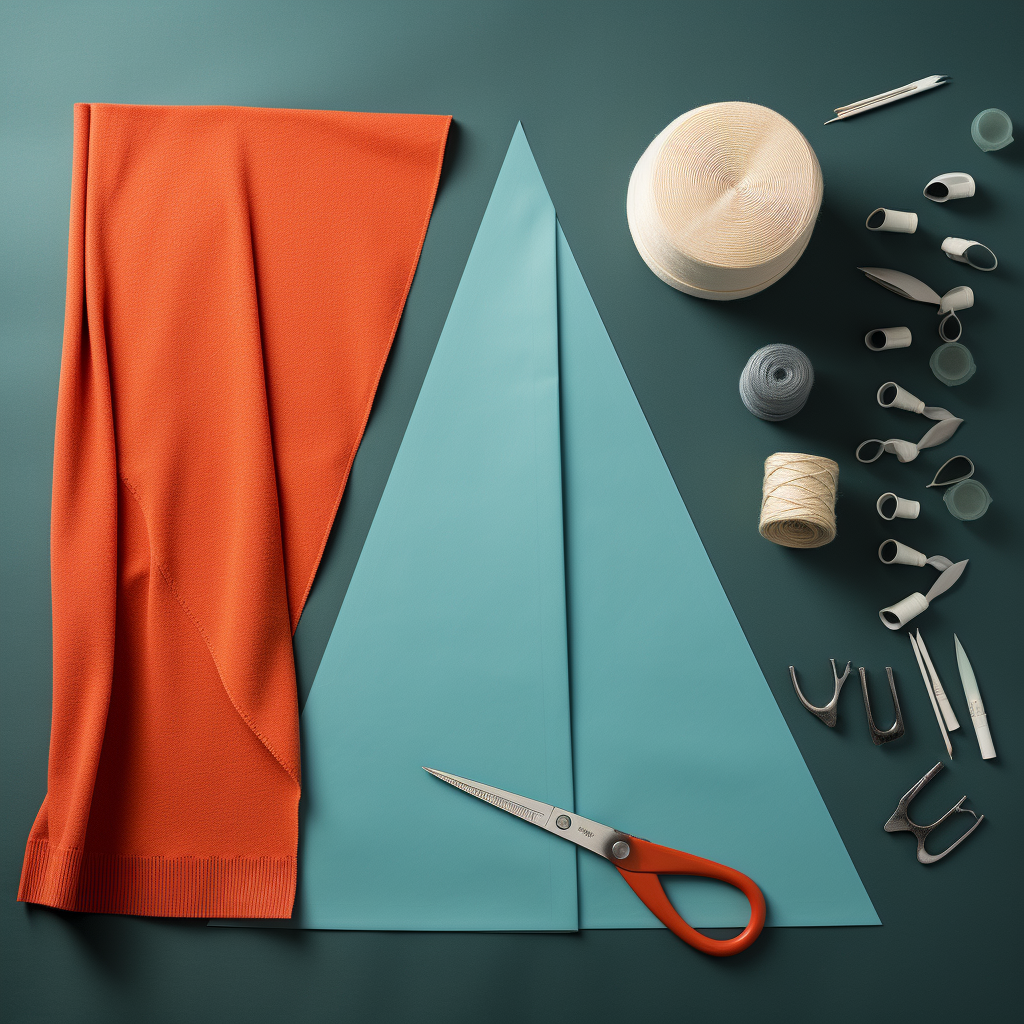
Market Overview
Popular Brands for Each Type
Cut and Sew Knitwear
- H&M: Known for affordable and trendy options, H&M often employs Cut and Sew techniques for their mass-produced knitwear.
- Nike: Frequently utilizes polyester blends in Cut and Sew methods, especially for performance wear.
- Uniqlo: Their cotton knitwear often employs Cut and Sew techniques, blending affordability with quality.
Fully Fashioned Knitwear
- Ralph Lauren: A luxury brand that often employs Fully Fashioned methods for their premium wool and cashmere knits.
- Loro Piana: Renowned for luxurious materials like cashmere, Loro Piana offers high-end Fully Fashioned knitwear.
- Patagonia: While more commonly associated with outdoor wear, their focus on sustainability often leans towards Fully Fashioned knitwear.
Price Ranges
Cut and Sew knitwear usually falls within a more affordable range, often between $20 and $100 for basic pieces. On the other hand, Fully Fashioned knitwear starts at a higher price point, usually around $100, and can go up to several hundreds or even thousands for luxurious materials like high-quality cashmere.
The market clearly segments between these two types of knitwear, catering to different consumer needs—from those seeking quick, affordable options to those looking for long-lasting, quality pieces.
Practical Applications
When to Choose Cut and Sew
- Budget-Friendly: If you're looking for a cost-effective option, Cut and Sew is often the more affordable choice.
Fast Fashion: For trend-driven, seasonal items that you may not wear for multiple years, Cut and Sew works well. - Sports and Activewear: Due to its compatibility with synthetic, moisture-wicking fabrics, Cut and Sew is popular in activewear.
When to Choose Fully Fashioned - Investment Pieces: If you're looking for a garment to last several seasons or even years, opt for Fully Fashioned.
- Special Occasions: For milestone events where quality and fit are paramount, Fully Fashioned offers superior aesthetic appeal.
- Sustainability: If you prioritize environmentally-friendly choices, Fully Fashioned knitwear tends to be more sustainable.
Choosing between Cut and Sew and Fully Fashioned knitwear often depends on your specific needs and values. Whether it's cost, durability, design flexibility, or sustainability that guides your decision, understanding the distinctions can help you make a more informed choice.
Fashion Trends and Sustainability
Fast Fashion vs. Sustainable Choices
The rise of fast fashion has significantly impacted the knitwear industry. Brands that mass-produce garments typically rely on Cut and Sew methods to keep up with fast-changing trends and consumer demand. However, this often results in increased waste and raises ethical questions around sustainable fashion.
On the flip side, there's a growing trend towards sustainability and ethical manufacturing. Many brands are leaning more into Fully Fashioned techniques to reduce waste, even if it means slower production cycles and higher price points.
Environmental Considerations
- Water Usage: Both types of knitwear have environmental impacts, but natural fibers like cotton and wool often used in Fully Fashioned knitwear require significant water resources.
- Chemical Treatments: Synthetic fabrics commonly used in Cut and Sew methods may involve chemical treatments that can be harmful to the environment.
Waste Management: Fully Fashioned knitwear generally produces less waste compared to Cut and Sew, as the latter often involves cutting away excess fabric. - Durability and Longevity: A garment that lasts longer can be considered more sustainable, and Fully Fashioned knitwear typically excels in this area.
With growing awareness of environmental impact, choosing between Cut and Sew and Fully Fashioned knitwear can also be a choice about the kind of world we wish to support.
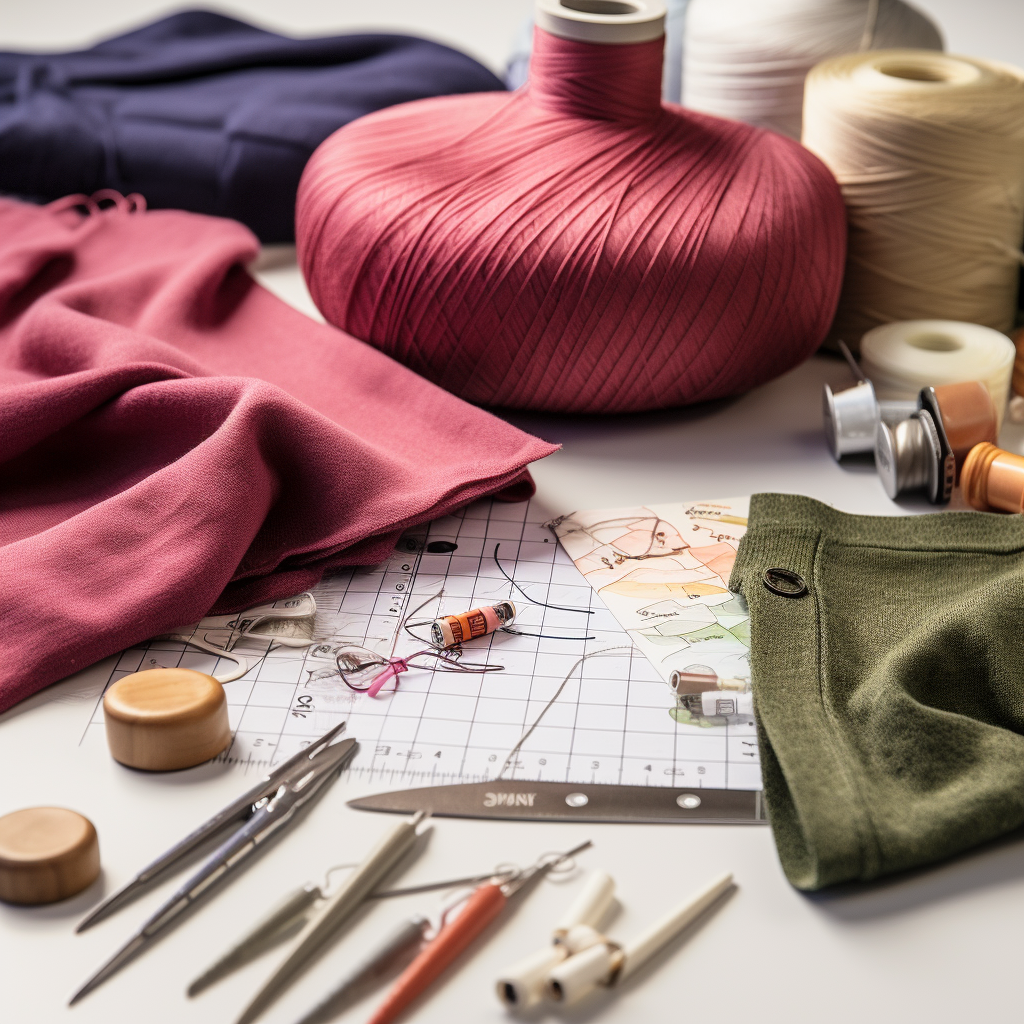
Conclusion
Summary of Differences
Cut and Sew knitwear offers speed, cost-efficiency, and design flexibility but can fall short in terms of durability and sustainability. On the other hand, Fully Fashioned knitwear excels in quality, fit, and environmental impact, albeit usually at a higher price point.
Final Recommendations
The choice between Cut and Sew and Fully Fashioned knitwear hinges on your individual needs and values. If you prioritize quick, affordable fashion, Cut and Sew may be your go-to. If you seek longevity, superior fit, and wish to make an environmentally responsible choice, Fully Fashioned knitwear is likely more aligned with your preferences.
By understanding the nuances of each type, both consumers and manufacturers can make informed decisions that align with their goals and ethical considerations.
Frequently Asked Questions (FAQs)
1. What is Cut and Sew Knitwear?
Cut and Sew knitwear is made by first knitting large fabric sheets, which are then cut into specific shapes like sleeves or panels. These pieces are sewn together to create the final garment.
2. What is Fully Fashioned Knitwear?
Fully Fashioned knitwear is created by knitting each piece of the garment into its final shape. This process results in minimal or no seams and offers a more tailored fit.
3. Which is more durable: Cut and Sew or Fully Fashioned?
Generally, Fully Fashioned knitwear is more durable because it has fewer seams, which are typical points of failure in garments.
4. Is Fully Fashioned Knitwear more expensive?
Yes, Fully Fashioned knitwear is generally more expensive due to the time-consuming production process and often higher-quality yarns used.
5. Can Cut and Sew Knitwear be sustainable?
While Cut and Sew methods often produce more waste, advancements are being made to make this method more sustainable, such as recycling or repurposing the excess fabric.
6. What types of yarn are commonly used in Fully Fashioned Knitwear?
High-quality yarns like Merino Wool, Cashmere, and Alpaca are often used in Fully Fashioned knitwear to achieve a superior look and feel.
7. Is one method better than the other?
Neither is universally better; the best choice depends on your specific needs, whether they be cost, durability, or design.
8. How do I choose between the two?
Consider factors like your budget, how long you plan to use the garment, and your sustainability preferences to make an informed decision.
9. Are there brands that specialize in one method over the other?
Yes, fast fashion brands like H&M typically use Cut and Sew methods, while luxury brands like Ralph Lauren often opt for Fully Fashioned knitwear.
10. How do I care for my knitwear to ensure longevity?
For both types, it's advisable to follow care labels closely. Hand-washing and air-drying are often recommended for delicate fibers like wool and cashmere.
